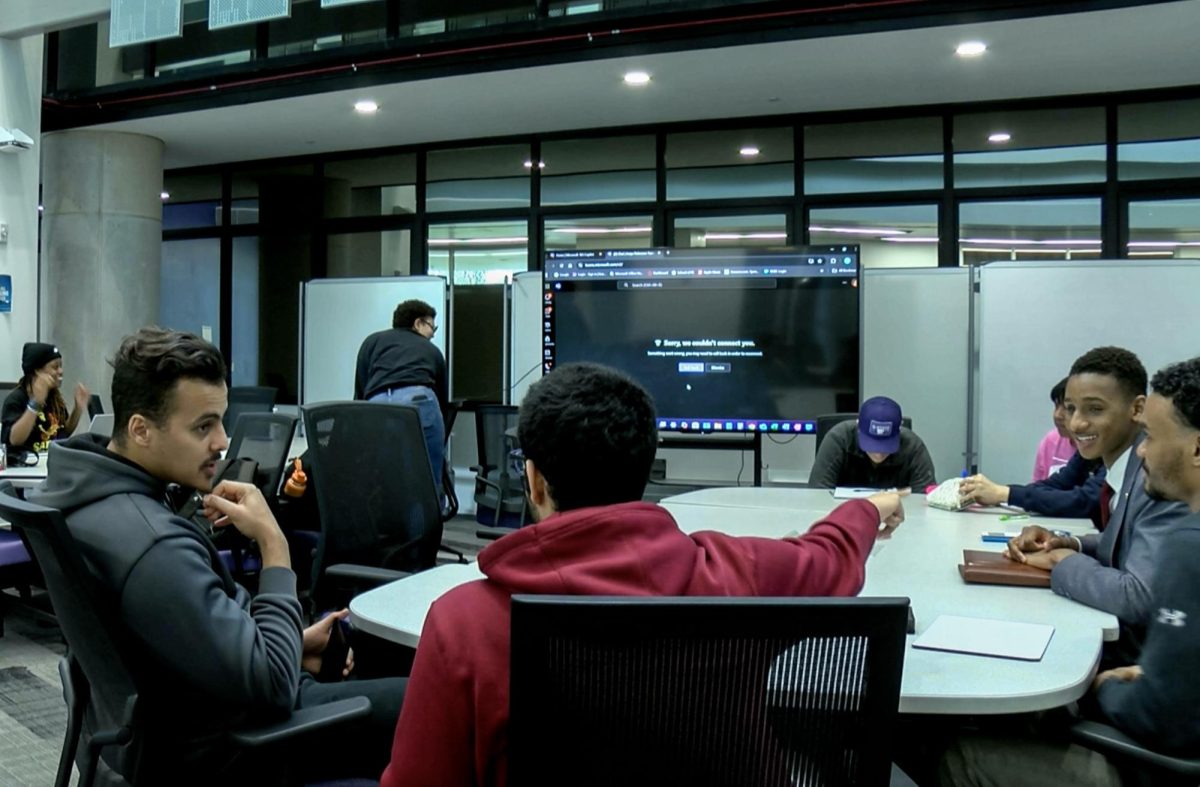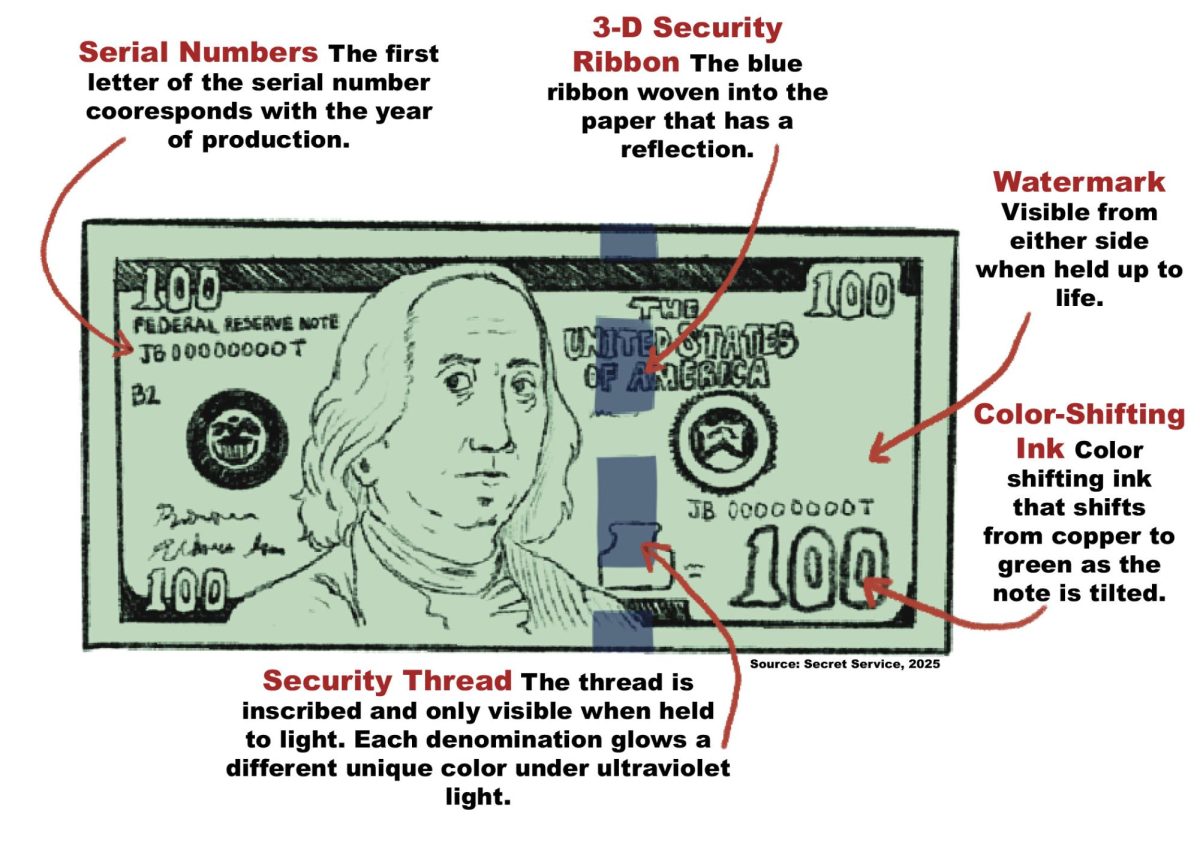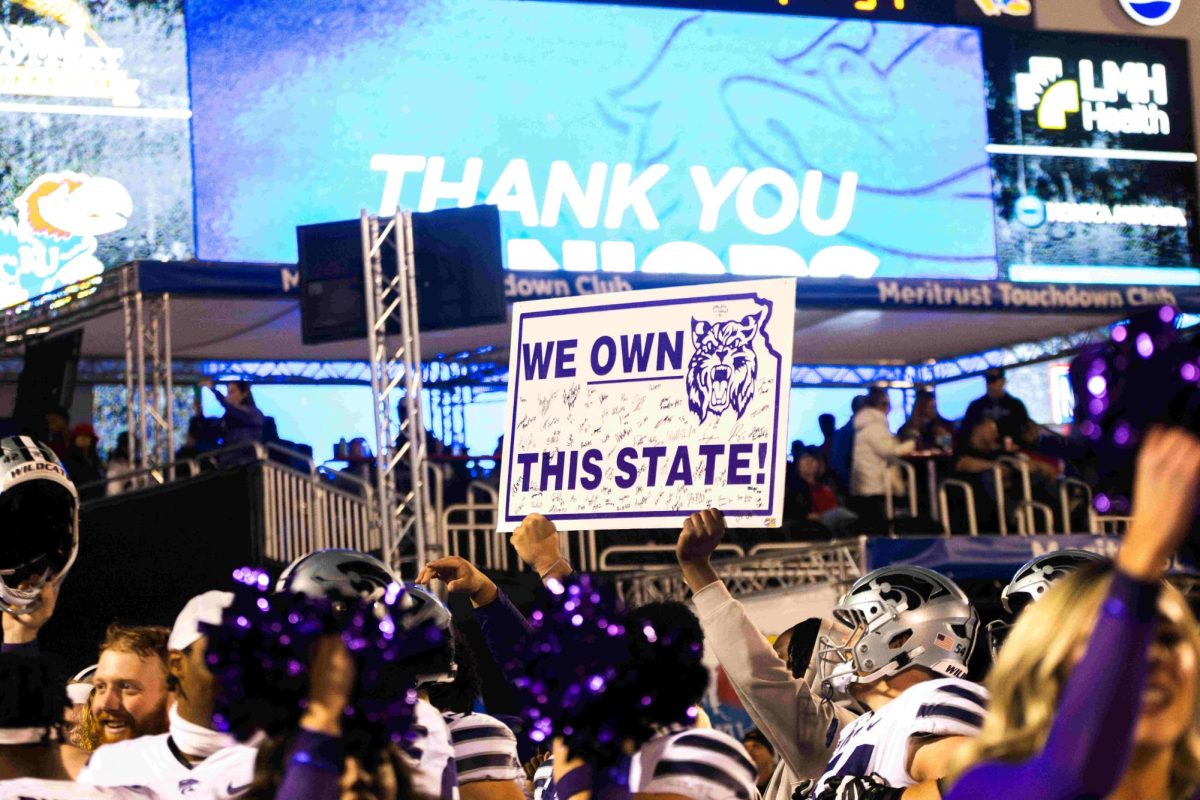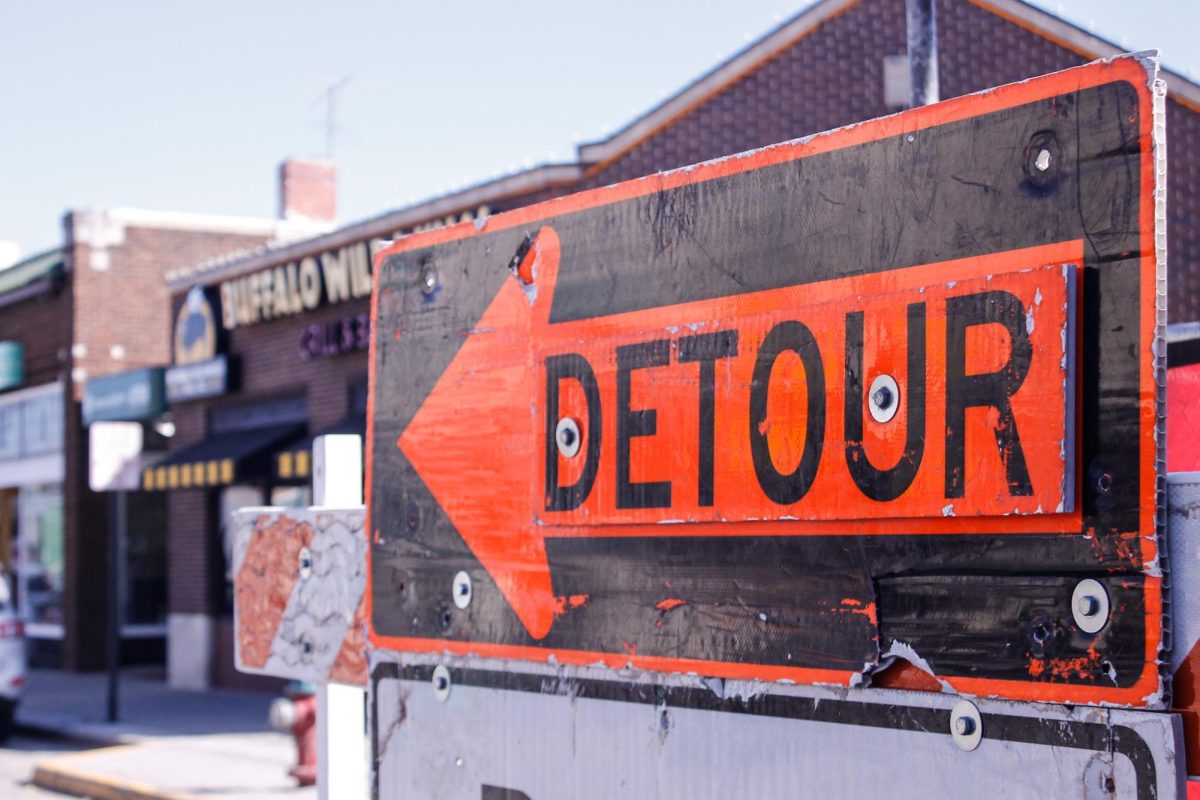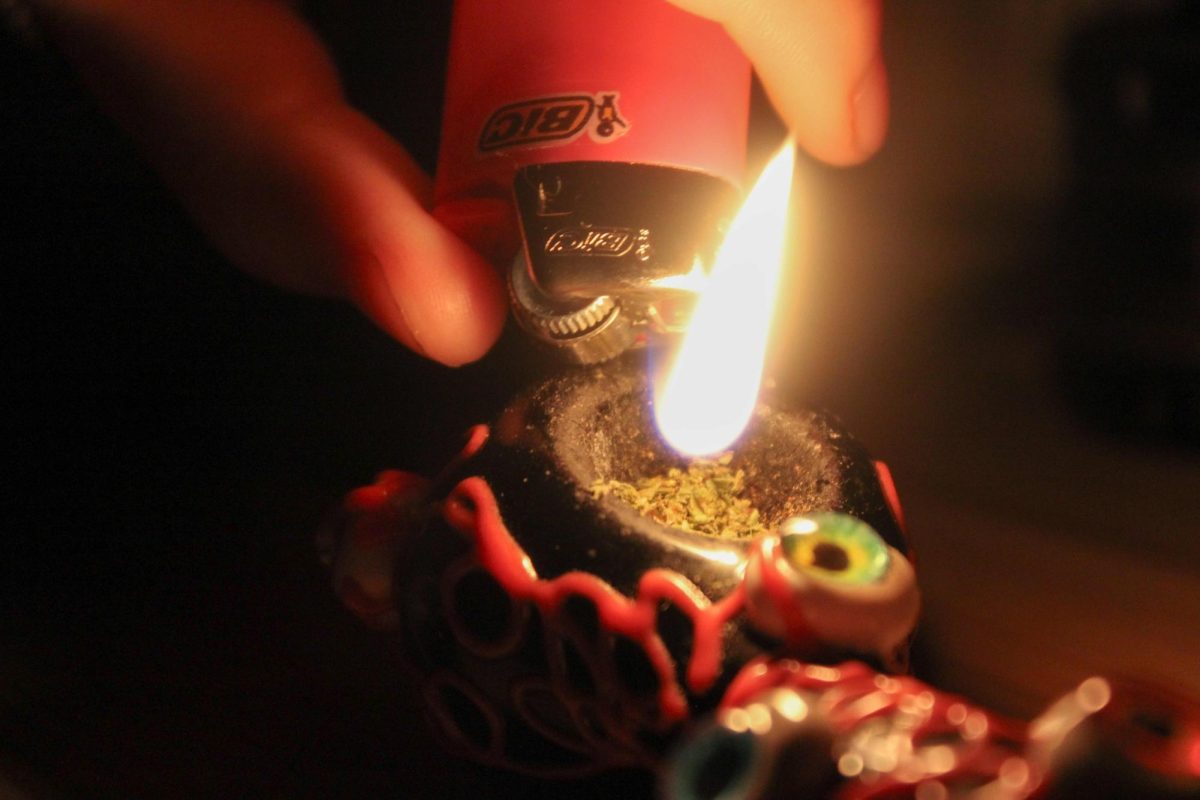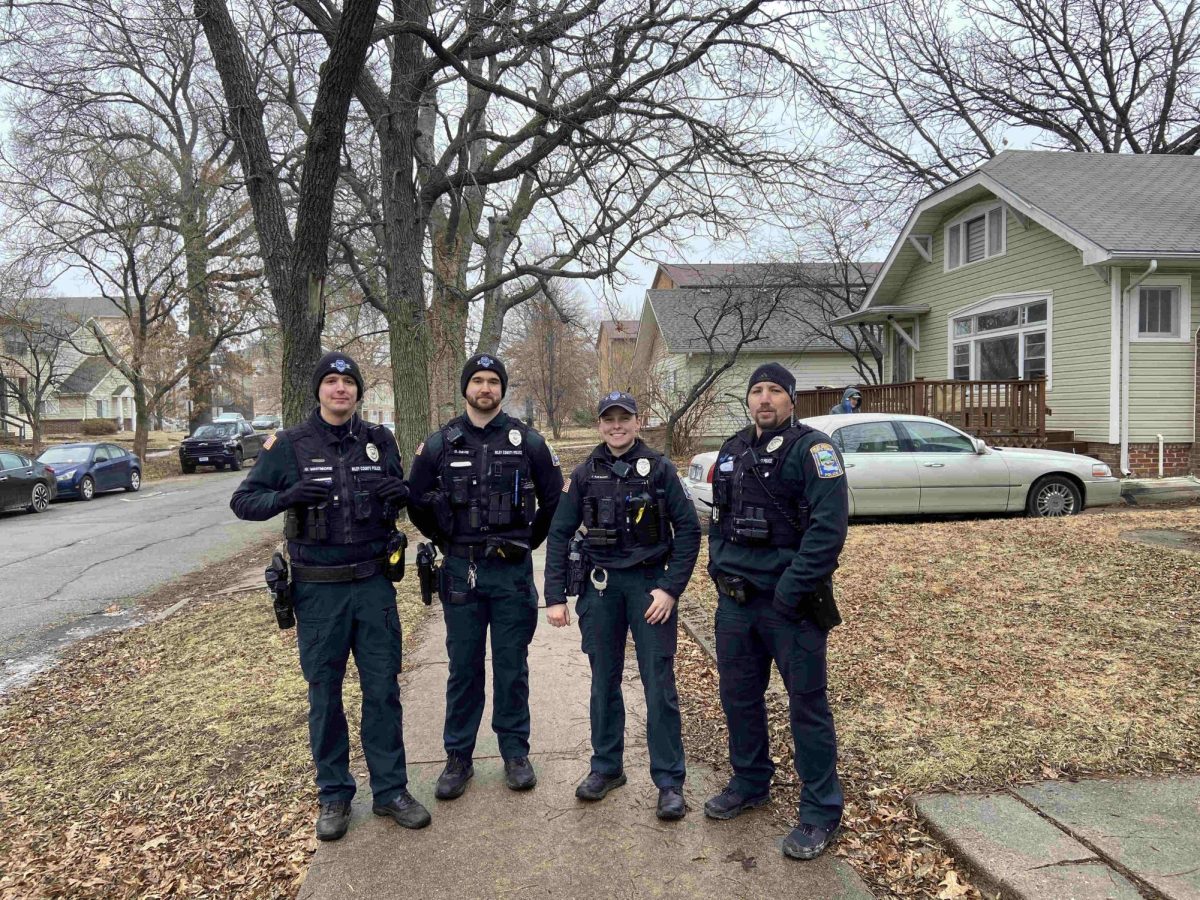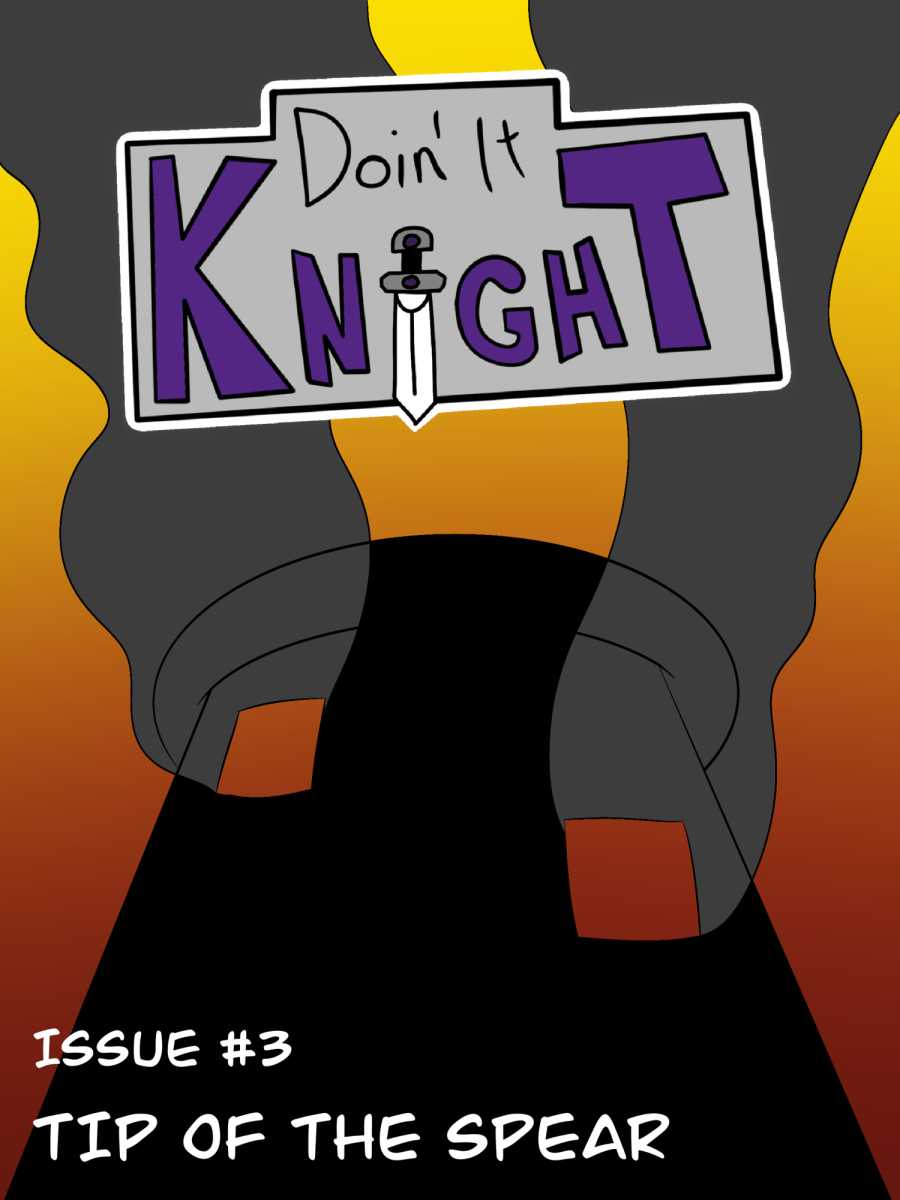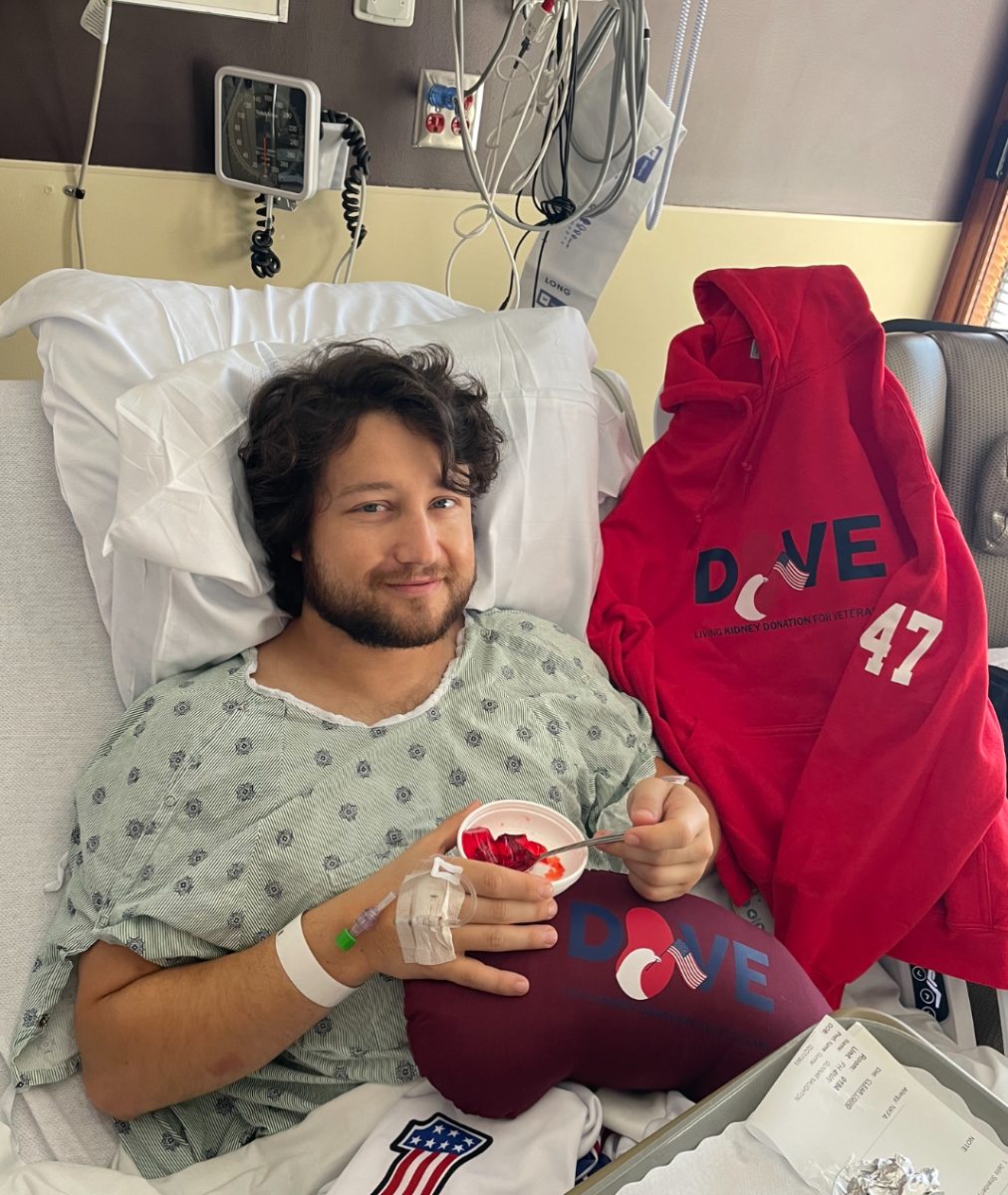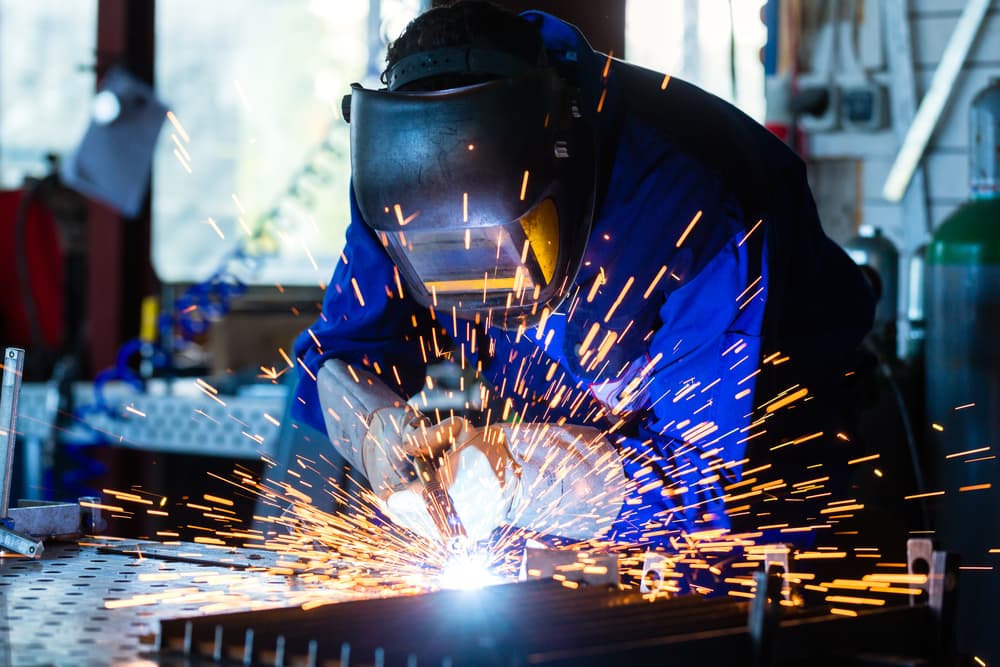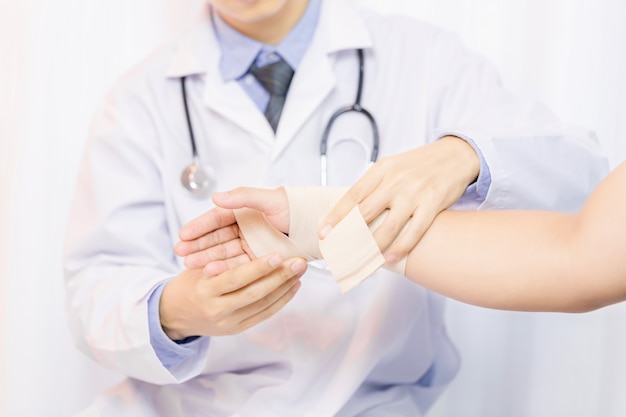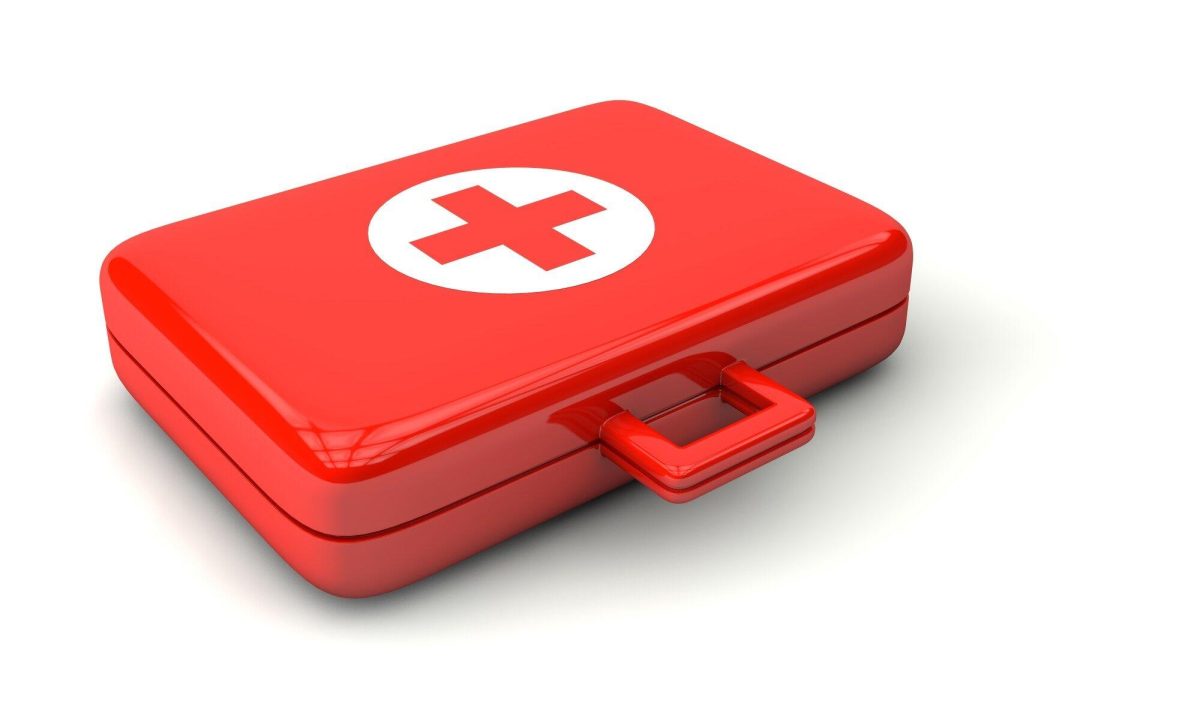Experiencing a welding burn at work can be a distressing and painful event, potentially leading to serious consequences for your health and livelihood. Knowing how to respond in these situations is important to help safeguard your well-being and assert your rights.
This guide explores the necessary steps to take after suffering a welding burn at work, ensuring you’re equipped with the knowledge to conquer the aftermath effectively. If you find yourself in this situation, remember that seeking legal guidance from Schwartzapfel Lawyers can provide invaluable support and assistance throughout the process.
What Are Welding Burns?
Welding burns are injuries that occur when skin or tissues come into contact with hot metal, sparks, or ultraviolet radiation generated during the welding process. These burns can range from minor to severe, depending on factors such as the duration of exposure, the temperature of the welding material, and the protective measures in place.
Common causes of welding burns include inadequate safety precautions, lack of proper training, and equipment malfunctions. Understanding the nature of welding burns is crucial for implementing preventive measures and responding appropriately in the event of an injury.
What Immediate Steps Should You Take After Experiencing a Welding Burn?
After experiencing a welding burn, taking immediate action to mitigate further damage and ensure proper care for your injury is essential. First and foremost, seek medical attention promptly, even for seemingly minor burns, as they can lead to complications if left untreated. Then, contact a knowledgeable attorney to help you create a strong case.
Also, report the incident to your supervisor or employer as soon as possible to document the injury and circumstances surrounding it. Finally, carefully document the burn, including taking photographs, and gather any witness statements if applicable.
What Are Your Rights and Responsibilities After a Welding Burn?
In the aftermath of a welding burn on the job, it’s important to understand your rights as an injured worker and your employer’s responsibilities. Employers are legally obligated to provide a safe work environment and take measures to prevent accidents, such as providing proper training and safety equipment for welders.
As an injured worker, you have the right to seek compensation for your injuries through workers’ compensation benefits or, in some cases, by filing a personal injury claim. However, adhering to reporting requirements and cooperating with any investigations is crucial to ensure your claim is valid. Consulting with a knowledgeable attorney can help you understand your rights and complete the legal process effectively.
What Are the Long-Term Consequences of a Welding Burn?
While some welding burns may initially seem minor, they can have long-term consequences that affect your health and quality of life. Depending on the severity of the burn, you may experience scarring, nerve damage, or even permanent disability.
Long-term rehabilitation may be necessary to address these issues, including physical therapy, skin grafts, and psychological support to cope with any emotional trauma. Prioritize ongoing medical care and follow your healthcare provider’s recommendations to facilitate the best possible recovery outcomes.
How Can You Prevent Future Welding Burns?
Preventing future welding burn incidents requires a proactive approach to workplace safety. Employers should prioritize comprehensive training for welders on proper techniques, equipment usage, and hazard identification.
Providing adequate personal protective equipment, such as gloves, goggles, and flame-resistant clothing, is essential to minimize the risk of burns. Regular equipment maintenance and inspections can also help identify and address potential hazards before accidents occur.
Also, fostering a culture of safety where employees feel empowered to report concerns and participate in safety initiatives can further reduce the likelihood of incidents. When companies implement these preventive measures, employers can create a safer work environment for welders and minimize the risk of welding burn injuries.
How Can I Find Legal Assistance?
A knowledgeable attorney can assess your injury’s circumstances, advise you on your legal rights, and help you pursue the compensation you deserve.
They can handle negotiations with insurance companies, advocate on your behalf in legal proceedings, and ensure that your rights are protected every step of the way. With their experience and support, you can focus on your recovery while they work tirelessly to secure the best possible outcome for your case.
Your Legal Pathway After a Welding Burn
Suffering a welding burn at work can have serious consequences. Knowing how to respond and seek appropriate assistance is key to ensuring the best possible outcome. By taking immediate steps after the injury, understanding your rights and responsibilities, and prioritizing long-term rehabilitation, you can effectively protect your well-being and assert your legal rights.
Remember that seeking legal guidance from professionals can provide invaluable support throughout the process, ensuring that your interests are represented and you receive fair compensation for your injuries. Don’t hesitate to take action to protect your rights and your future.





